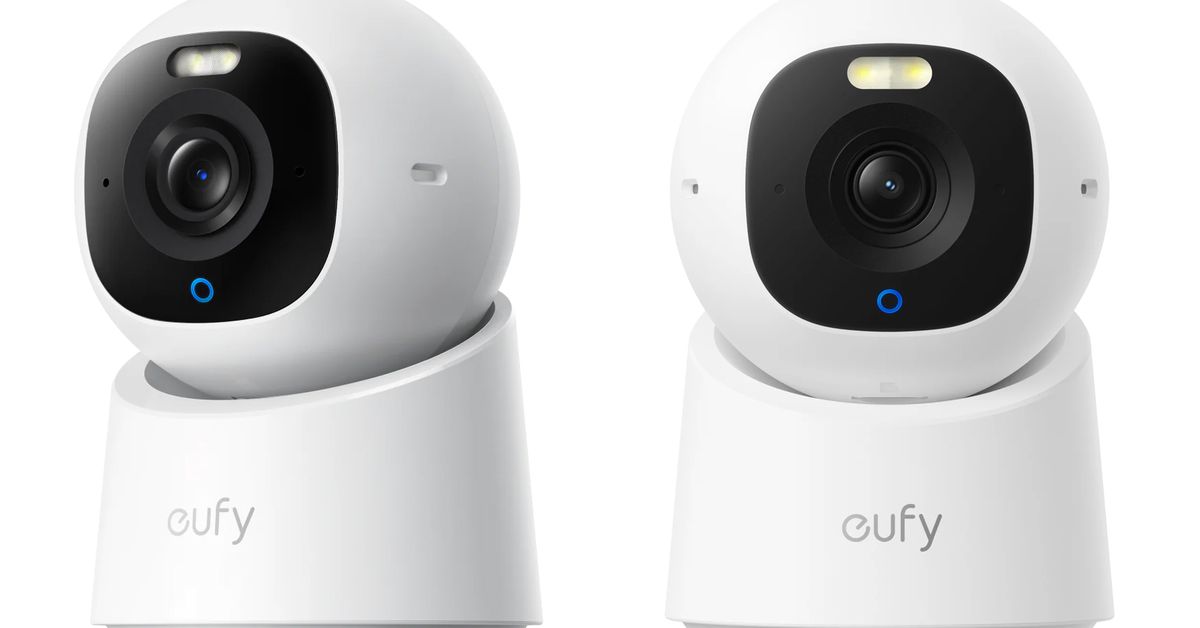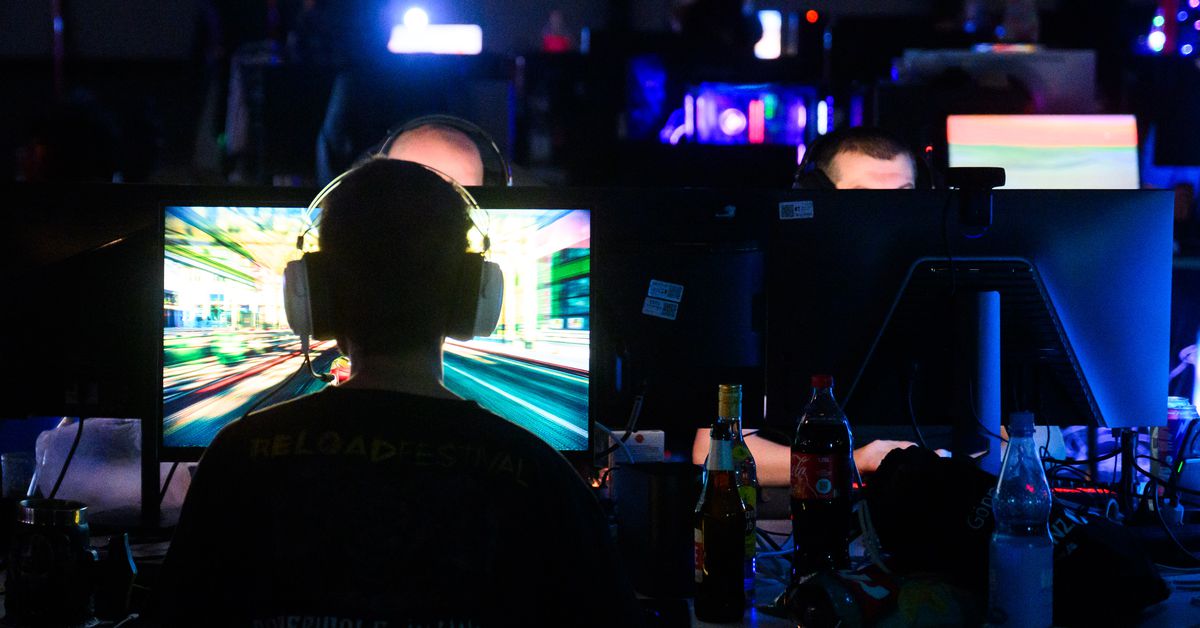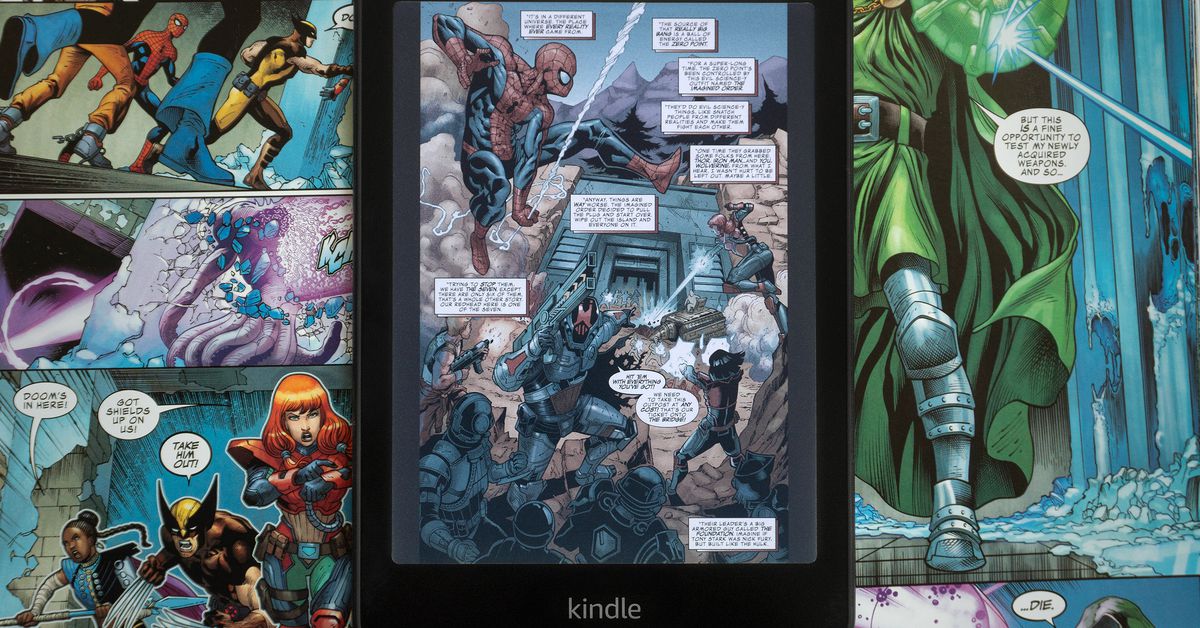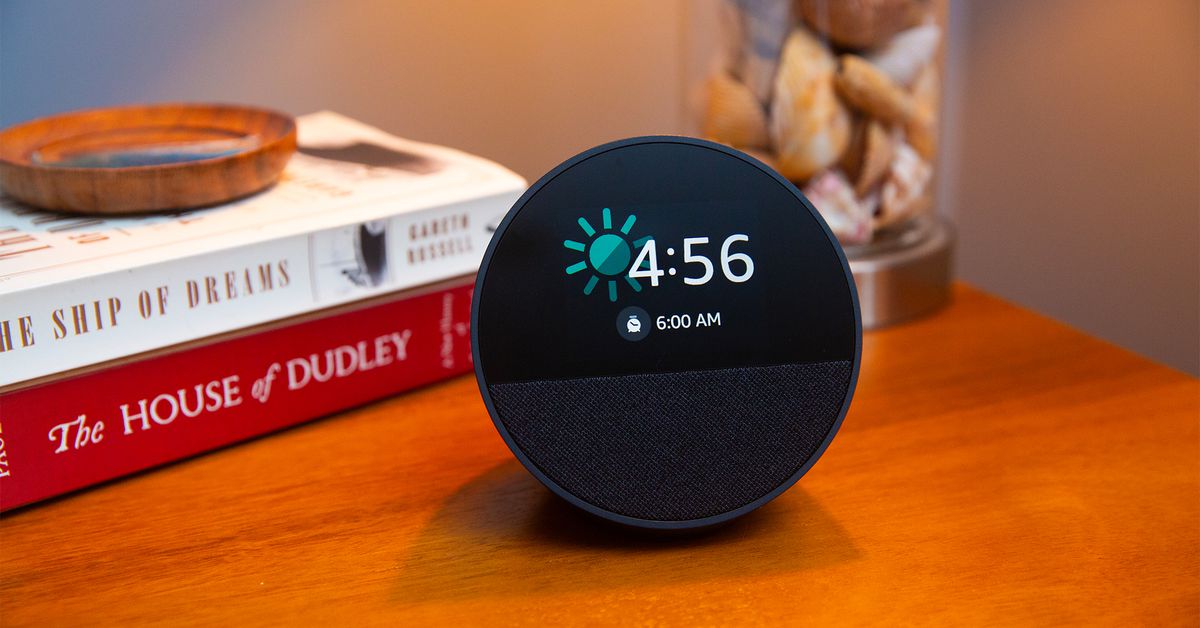It’s Thursday night in Chelsea, and we’re here to celebrate the color of 2025, which was chosen on behalf of the world by a team of trend forecasters in 2024. Pantone, the company behind the famous universal color-matching system, announced the winner earlier today: “Mocha Mousse,” a “flavorful brown” that was greeted on Bluesky and X with rows of poop emoji. Pantone selected Mocha Mousse because it “capture[s] a global mood of connection, comfort, and harmony,” which is not a mood I’ve picked up on lately, but I’m going to their party anyway.
When I arrive at 6PM, I find a long, punctual line of taupe and brown waiting to be let inside the venue. “I panic bought it this morning,” a woman says, gesturing to her bedazzled blazer. “I was like, ‘I need something brown.’”
Two magazine editors queuing behind me strategize about how long they need to stay before they can split for another engagement. “But the color of the year is a big deal for us,” one says.
Inside, everything is smooth and brown and smells vaguely like a spa. Waiters stand in the entry with trays of espresso martinis before a hall of products arranged in pop-up stalls, kind of like cosmetics counters in a large department store, which, tonight, we’re calling “activations.” We’re not really celebrating a color; we’re here to celebrate brands.
A Joybird chaise is draped in a Janavi x Pantone throw, embroidered with the words “ME MOMENTS.” Behind it loops an AI-generated video of swirling milk chocolate and silky brown fabrics that reminds me of an old Dove commercial, where women were enveloped in the ecstasy of chocolate when they took their first orgasmic bite. Pura Smart Fragrance Diffusers display two custom Pantone scents — Mocha Suede and Mocha Moment — which perfume the room with notes of coffee bean, cardamom, walnut, and leather. A rep from Oyuna cashmere explains that its cashmere is the best in the world because the Mongolian goats the company sources its wool from are the happiest goats in the world. “Happy goats make fuller fibers, because they’re warm and not stressed,” she says.
I walk past a display of Hanky Panky thongs en route to a giant mirror at the end of the hall so I can take a selfie of my outfit for the group chat. (Spoiler: it’s brown.) “They’re comfortable, right?” one woman asks as she rubs her hand along the lace of a red thong. “So comfortable,” says another.
The woman at the thong station is Sommar Boese, the CFO of Pantone’s parent company, X-Rite, and she did a lot of research about thongs earlier today. “They have low-rise and high-rise,” she tells me as I inspect a case of 25 individually boxed thongs inside a luxe black case — one thong for each previous Pantone color of the year.
“Is it like an advent calendar?” I ask, shouting over a cover of “Everybody Wants to Rule the World” played by a band on the other side of the venue.
It isn’t, but she loves the idea. “They don’t have the new color yet because that would be the twenty-sixth year. I expect they’ll be making it soon, though.”
1/7
Amelia Holowaty Krales / The Verge
Honestly, the consumer in me wants everything these brands are promoting: I’m close to the target demographic for the products at this party. I have a Joybird sofa at home, and I do indeed like comfortable underwear and soft scarves. While I’d never call it a “me moment,” I guess that is what I’m chasing when I visit overpriced serene beige spas.
I was introduced to Pantone’s catalog of color 15 years ago as a student in a letterpress class in Iowa, where I mixed colors from goopy pints in meticulously portioned thimbles I slathered onto a Gutenberg press. I didn’t know then that Pantone was the company that colored most of the world and so much of what I would someday buy, and tonight, I’m startled to be reminded that color is a product. Instinctually, color feels like it can’t be owned by a single company. Colors seem like concrete facts I teach my toddler as we page through a board book, pointing to circles of red, blue, and yellow. On the next page, I trace the bubbly outlines of the numbers one, two, and three. Surely you can’t trademark or patent the number three.
Beyond the hall of little luxury goods, the products at the party get larger: around the next partition is a Mini Cooper convertible, custom painted in Mocha Mousse. Stacks of Saratoga water cases create a makeshift wall behind the car, celebrating “a legacy of colorful water.”
Antoni Bumba, an influencer with nearly a million followers on TikTok, sits in the passenger seat with the door open, crossing her legs as she pretends to swipe and type on a special-edition Pantone x Motorola Razr. A woman with blunt platinum blonde bangs and a slouchy vintage Chloé handbag secured with two large padlocks takes videos of Bumba with her phone.
Bumba is here tonight influencing for Motorola. She splays her arm across the Mini Cooper’s fuel cap in mock exhaustion, as if she simply doesn’t have the time for whoever is calling. She takes a sip of her Prosecco with an exaggerated eye roll, like, Well, I guess I’ll just drink this.
When the blonde woman sees my colleague Amelia Holowaty Krales taking photos of Bumba in the Mini Cooper, she stops. “Could you do that again, so I can take a video of you taking a picture of her?”
Downstairs, past the band now singing “If you like piña coladas and getting caught in the rain,” a makeup artist demonstrates Ipsy’s Pantone collaboration with blush and eyeshadow in Mocha Mousse. A panel designed to look like a gigantic distressed picture frame asks “What’s your special moment?” in swirly, Pinterest-y script. Partygoers write down their special moments on mocha Post-it notes and stick them to the board:
“5:00 p.m. every Friday”
“Eat Pray Love Toast Sip XO”
“Beating breast cancer”
The entrance to the bathroom is framed by a floor-to-ceiling mocha-tinted mirror, emboldened with “SELFIES ARE OUR FAVORITE FORM OF SELF-CARE” in gold letters, ringed by mauve roses and crisp blush laceleaf anthuriums. Inside, the Ipsy-sponsored bathroom stalls are wrapped in Mocha Mousse. “It’s beautiful,” says a woman in a deep beige hijab, touching a stall door.
Most everyone is wearing at least something on the beige to brown spectrum, attire ranging from formal sequined gowns to T-shirts and sneakers. But there are two older women embracing color: Valerie, in a bright yellow fur hat, and Martina, who has neon pink hair. Valerie runs the @idiosyncraticfashionistas Instagram account with her friend Jean, which documents their friendship in maximalist, color-saturated fashion. “I can tell by your reaction that you haven’t heard of it,” Valerie says, “but it’s all about being old without being dull.”
Valerie, wearing a crocheted multicolored kaftan, tells me she’s wanted to be invited to this party for years, but she’s disappointed the selected color wasn’t yellow or pink. “Mocha Mousse is very beige,” she says. “Have you heard of this thing called a ‘beige mom?’” She shrugs. “Maybe if I had three kids, I’d like beige, too.”
We talk about beigecore, the trend that’s led “a generation of women [to] dream in beige and cream,” as my colleague Mia Sato wrote recently. What does Valerie think about beigecore? She pauses and then leans in. “I think I’ll slit my throat.”
Behind her, Shuya Gong, an innovation fellow at Harvard School of Engineering and the creative director of IDEO CoLab Ventures, stands with James Lynch, a writer wearing an American flag belt buckle that says “Easy Riders.” In her work at Harvard and IDEO CoLab, Gong tells me, “We look at the intersection of technology and theology, instead of how much your fingertips have scrolled and swiped throughout the day.”
“Theology, like, God?” I ask.
“Yeah, basically,” she says. “If you look at the relationship to God and theology in the church, mass was a space where people would gather.”
She explains that we used to experience time in a more linear fashion — morning to night, nine to five — but now, our phones are inundated with past, present, and future simultaneously, rendering the shape of time chaotic. “The control of time and the way we bring people together and relate to each other has fundamentally been shaped by technology instead of community.”
Given how much the shape of time has changed, Gong thinks Mocha Mousse makes sense. “We’re looking for things that are more grounding, that help us move slower.”
A waiter offers us miniature Reubens from a small row of skewers, like tiny versions of the metal spikes lining awnings in New York, designed to keep pigeons from landing and shitting on people who pass below.
“All the food is brown?” Gong asks.
I mention that, earlier, I’d seen one tray of non-brown food.
“Hilarious,” she says.
In the last room downstairs, partygoers stand inside a human-sized Pantone swatch before a long, gleaming bar of actual Mocha Mousse: the whipped dessert is laid out on top of plexiglass cubes containing the raw elements of their dominant flavors, like torn-open pomegranates and piles of coffee beans.
Motorola phones are propped up across the table, the juxtaposition of tech and dessert giving all the food the vague plastic quality of faux dishes in Tokyo restaurant windows. Everything looks delicious, but not exactly edible.
“Indulge,” a folded Motorola Razr resting atop a plexiglass cube of pistachios instructs me, “echoing the soft warmth of Pantone 15-1317.”
A woman next to me picks up a Motorola Edge 50 Neo. “I almost got one of these,” she says to her friend, “but then I didn’t.”
Upstairs, Elley Cheng, Pantone’s president, has replaced the band onstage. She tells the audience that the London Eye is illuminated in Mocha Mousse tonight and that the celebration will continue next week in Shanghai and then Mumbai. The crowd whoops.
Aja Edmond, the global head of brand at Motorola, steps onstage, talking about “creating your own moments with Mocha Moose.”
“Yessssss,” Bumba, the influencer I met in the Mini Cooper, says behind me.
Edmond gestures to the TV, where we watch a Motorola commercial and clap.
Everyone talks about how this color can connect us: Laurie Pressman, the vice president of the Pantone Color Institute, says Mocha Mousse is about an “everlasting search for harmony.” She explains that the color can help us embrace joy and enrich our world. Nobody acknowledges that 2024 has been shit, or that next year is on track to be as bad or worse. Pantone — knowingly or not — has picked the right color.






